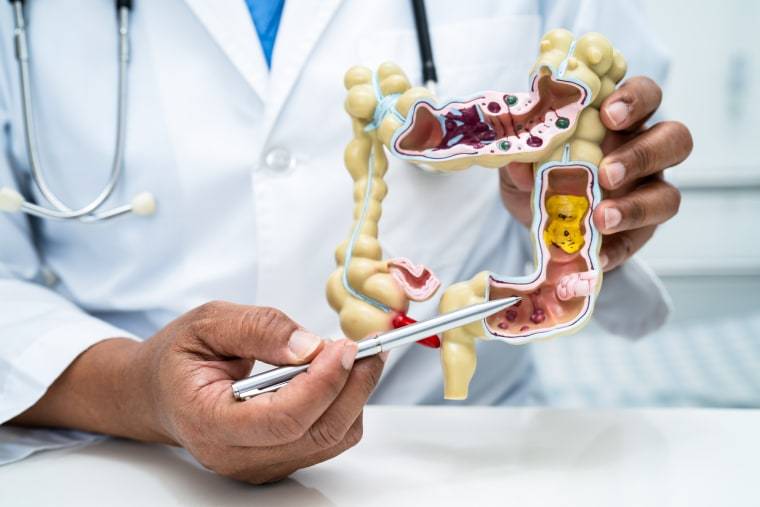According to University of Missouri-Kansas City researchers, the prevalence of colorectal cancer has increased by 500 percent among adolescents aged 10 to 14, and by 333 percent among teenagers aged 15 to 19. “Colorectal cancer is no longer viewed as a disease of the elderly.
It indicates a tendency. We don’t know what to make of it yet; it might be lifestyle or genetics, but there is a pattern,” said lead researcher Dr. Islam Mohamed, an internal medicine resident physician at the University. The researchers looked at colorectal cancer rates in children and people aged 10 to 44 and discovered that incidences had increased across all age categories.
While the 40-to-44 age group experienced a smaller 37% increase, it had the highest incidence rate, reaching 20 per 100,000 people in 2020. The incidence rate is calculated by dividing the number of new cases of a disease by the number of people who are at risk for it. When rates are initially low, any increase can be significant.
Dr. Folasade May, an associate professor of medicine in the University of California, Los Angeles Vatche and Tamar Manoukian Division of Digestive Diseases, believes that “when you start with a very rare disease in 15-year-olds and you add a couple cases, you will have a huge percentage increase.
May said that while the overall increases are concerning, it is reassuring to observe that the oldest age group experienced the smallest percentage increase, as 40-44 year olds had the highest number of cases to begin with.
Experts are unsure what is causing the extraordinary spike, and they are investigating if contemporary diets, medications, or even fungal diseases could be to blame. Colorectal cancer usually originates as a tiny growth, known as a polyp, on the inner lining of the colon or rectum — a section of the large intestine. Over time, the cells in these polyps might begin to divide uncontrollably, causing cancer.
It frequently causes no or few symptoms in the early stages, which is why doctors recommend that everyone over the age of 45 be checked for cancer once every ten years. It is also feasible to get screened at a young age after speaking with a doctor.

Cancer rates
Early warning indications of the disease may include changes in bowel habits, blood in faeces, unexplained weight loss, and abrupt exhaustion or weakness caused by blood loss. According to the charity Fight Colorectal Cancer, if found early, before it spreads to other places, nine out of ten people will live more than five years after their diagnosis.
However, if the cancer is not identified until stage three, the five-year survival rate falls to 71%. At stage four, only 14 percent of patients survive for another five years.
Source: vanguardngr.com










